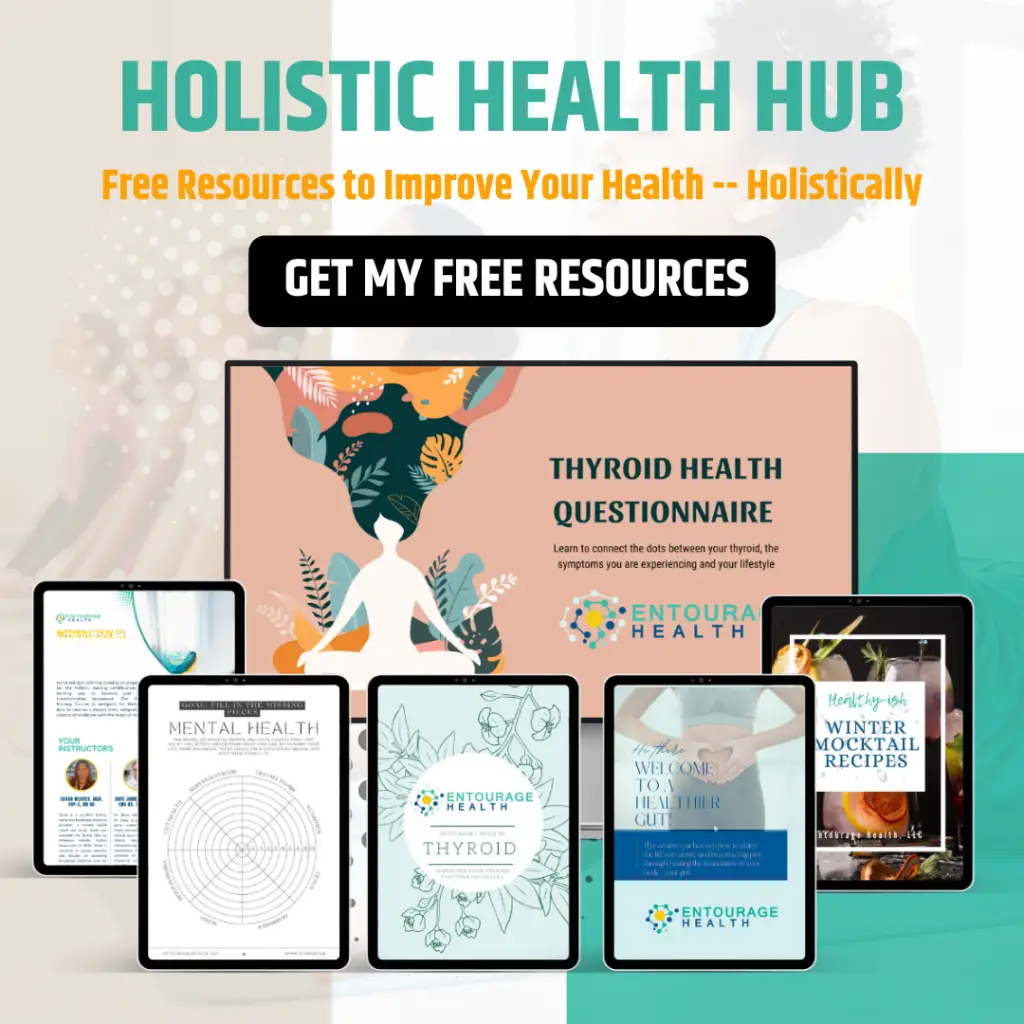I frequently encounter clients battling conditions that are complex and multifaceted, often stemming from environmental factors. One such condition is mycotoxin illness, also known as Chronic Inflammatory Response Syndrome (CIRS) caused by mycotoxin exposure. Mycotoxins are toxic compounds that are naturally produced by certain types of molds. Exposure to these toxins can lead to a wide range of health problems, often misdiagnosed or overlooked by conventional medicine. Here, I’ll delve into the common symptoms, root causes, testing methodologies, and outline treatment options for mycotoxin illness, backed by contemporary research.
Common Symptoms of Mycotoxin Illness

Mycotoxin illness can manifest in a multitude of symptoms that may affect multiple systems in the body. Patients often present with a bewildering array of symptoms including:
- Chronic Fatigue and weakness, unrelieved by rest.
- Cognitive Impairments, such as memory loss, difficulty concentrating, and confusion.
- Respiratory Problems, including sinus congestion, chronic cough, and asthma-like symptoms.
- Digestive Issues, such as irritable bowel syndrome (IBS), nausea, and abdominal pain.
- Mood Disorders, including depression, anxiety, and mood swings.
- Skin Rashes and other dermatological issues without apparent cause.
Given the broad range of symptoms, mycotoxin illness is often misdiagnosed as fibromyalgia, chronic fatigue syndrome, depression, or allergies.
Understanding the Root Causes
Mycotoxins are produced by mold fungi, which can grow on almost any surface under the right conditions – particularly in damp, poorly ventilated areas. Common sources of mycotoxin exposure include water-damaged buildings, poorly stored grains and food products, and areas with high humidity levels. According to the World Health Organization, a significant portion of the world’s grain supply is contaminated with mycotoxins, posing a significant risk to human health (World Health Organization, 2018).
People become exposed to mycotoxins through ingestion, inhalation, or dermal exposure. Once in the body, mycotoxins can disrupt various bodily functions, leading to the wide range of symptoms associated with mycotoxin illness. Certain genetic factors may make some individuals more susceptible to the effects of mycotoxins, as discussed in studies such as those found in the “Journal of Environmental and Public Health” (Shoemaker, House, & Ryan, 2013).
Testing for Mycotoxin Illness
Diagnosing mycotoxin illness requires comprehensive testing due to its nonspecific symptoms. Tests may include:
- Urine Mycotoxin Test: Looks for the presence of mycotoxins in the urine, indicating exposure and body burden.
- Environmental Testing: Sampling of air and surfaces in one’s home or workplace for mold and mycotoxins can identify potential sources of exposure.
- Genetic Tests: Certain genetic tests can identify individuals who are more susceptible to the effects of mycotoxins.

Outline Treatment Options
Reducing Exposure
The first step in treating mycotoxin illness is to identify and eliminate sources of mold and mycotoxin exposure in the patient’s environment. This can involve professional mold remediation and improvements in home ventilation.
Nutritional Support
Dietary adjustments can help support the body’s detoxification pathways. A diet rich in antioxidants, lean proteins, and fiber, and low in sugar, can help manage inflammation and support liver function.
Binders
Pharmaceutical binders or adsorbents such as cholestyramine, activated charcoal, or bentonite clay, are often prescribed to bind to mycotoxins in the gastrointestinal tract, preventing their reabsorption and promoting excretion.
Detoxification Support
Supporting the body’s natural detoxification pathways is critical. This can include supplements such as glutathione, N-acetylcysteine (NAC), and milk thistle to support liver health and detoxification.
Addressing Inflammation
High levels of inflammation are common in mycotoxin illness. Nutraceuticals such as omega-3 fatty acids, turmeric, and resveratrol can help modulate the inflammatory response.
Conclusion
Mycotoxin illness presents a significant challenge due to its complex symptomatology and the intricacies involved in diagnosis and treatment. However, by approaching this condition with a comprehensive understanding of its causes, alongside targeted testing and individualized treatment strategies, functional medicine can offer hope and healing to those affected. As research in this field evolves, it underscores the importance of environmental health in our overall well-being, charting a course for prevention, early detection, and effective management of mycotoxin-related health issues.
References:
Shoemaker, R.C., House, D.E., & Ryan, J.C. (2013). Structuring a diagnostic model for mycotoxin illness. Journal of Environmental and Public Health.
World Health Organization. (2018). Mycotoxins.
Disclaimer: This article is for informational purposes only and does not constitute medical advice. The information contained herein is not meant to replace professional guidance and is meant to be used in conjunction with a licensed healthcare provider.





